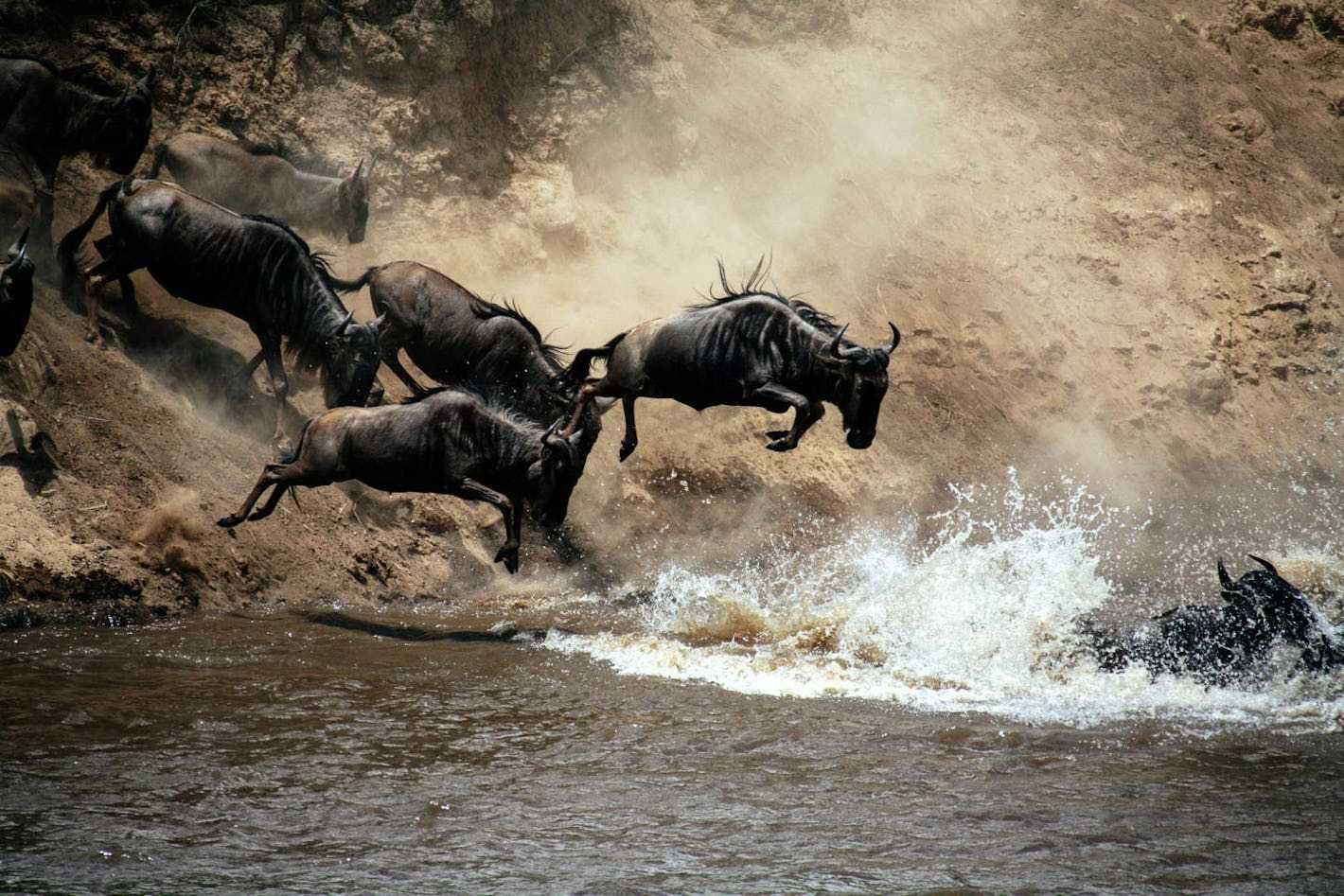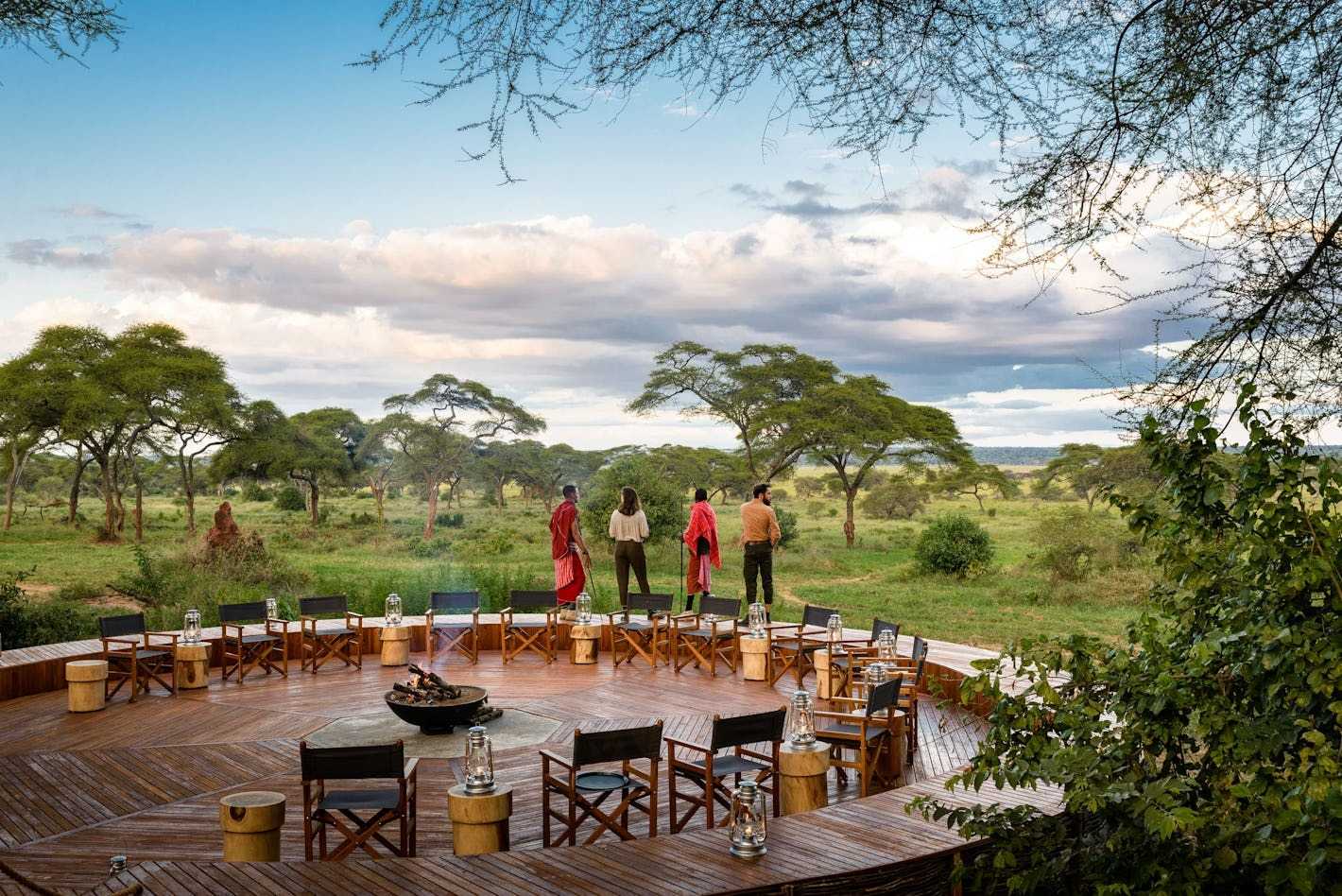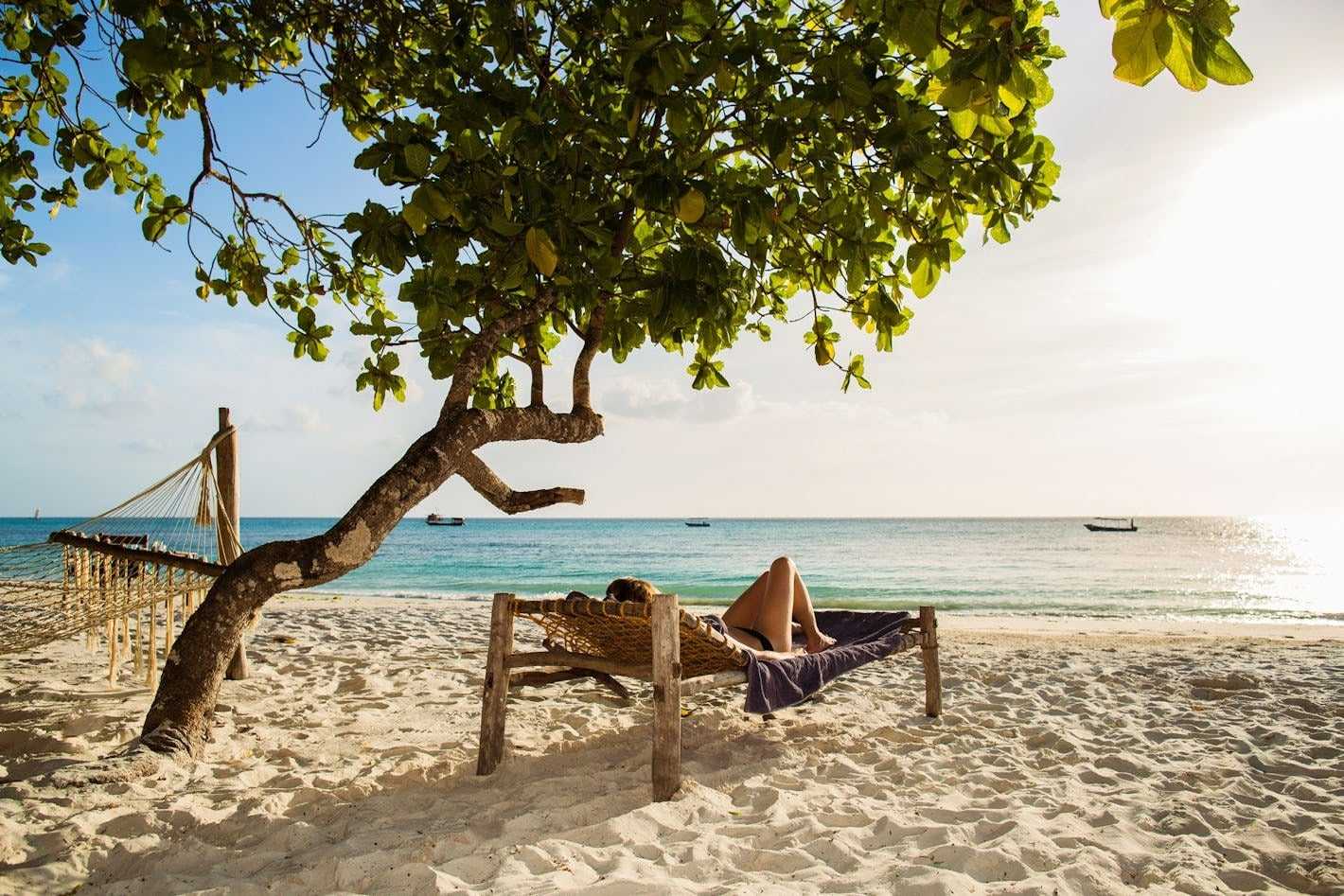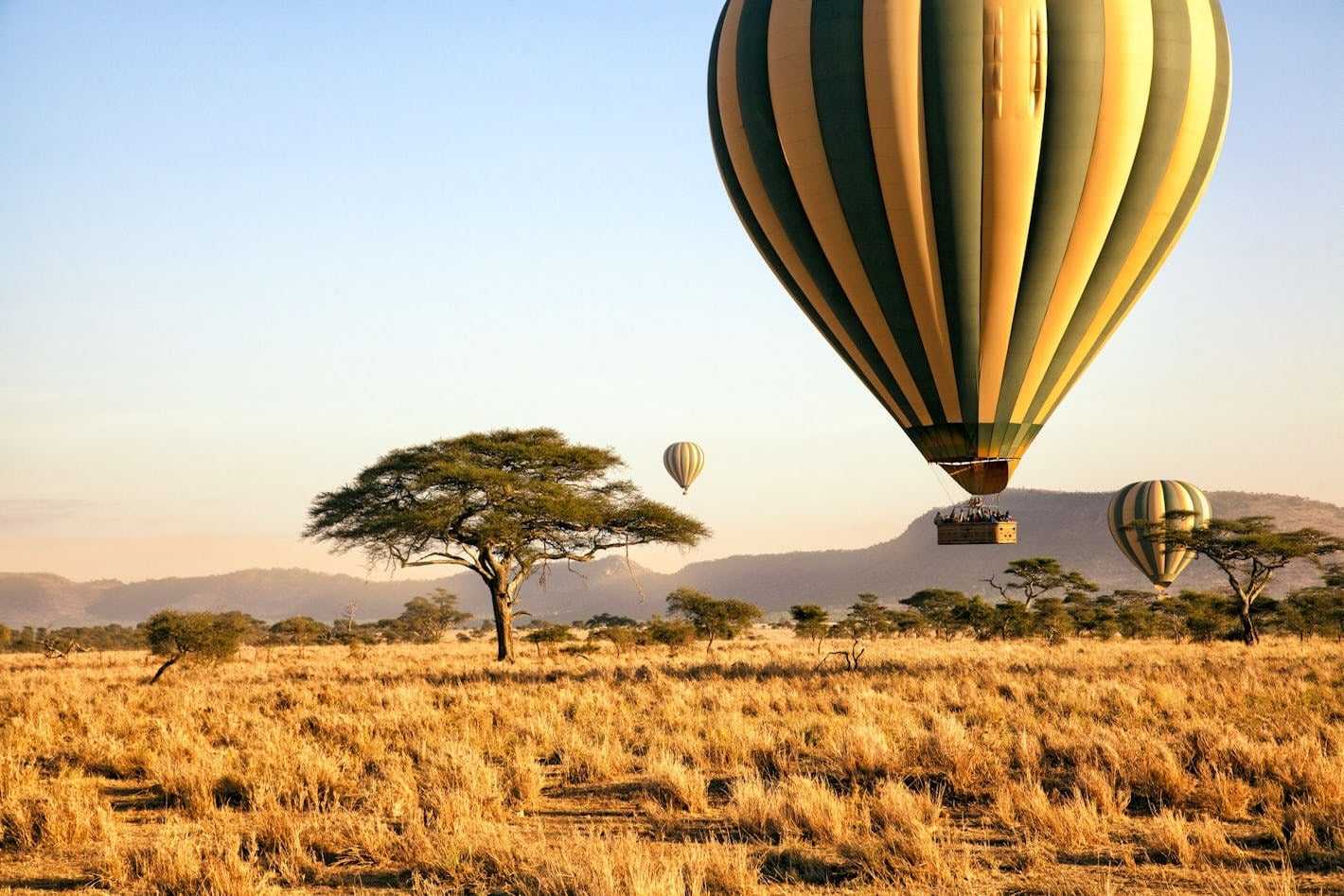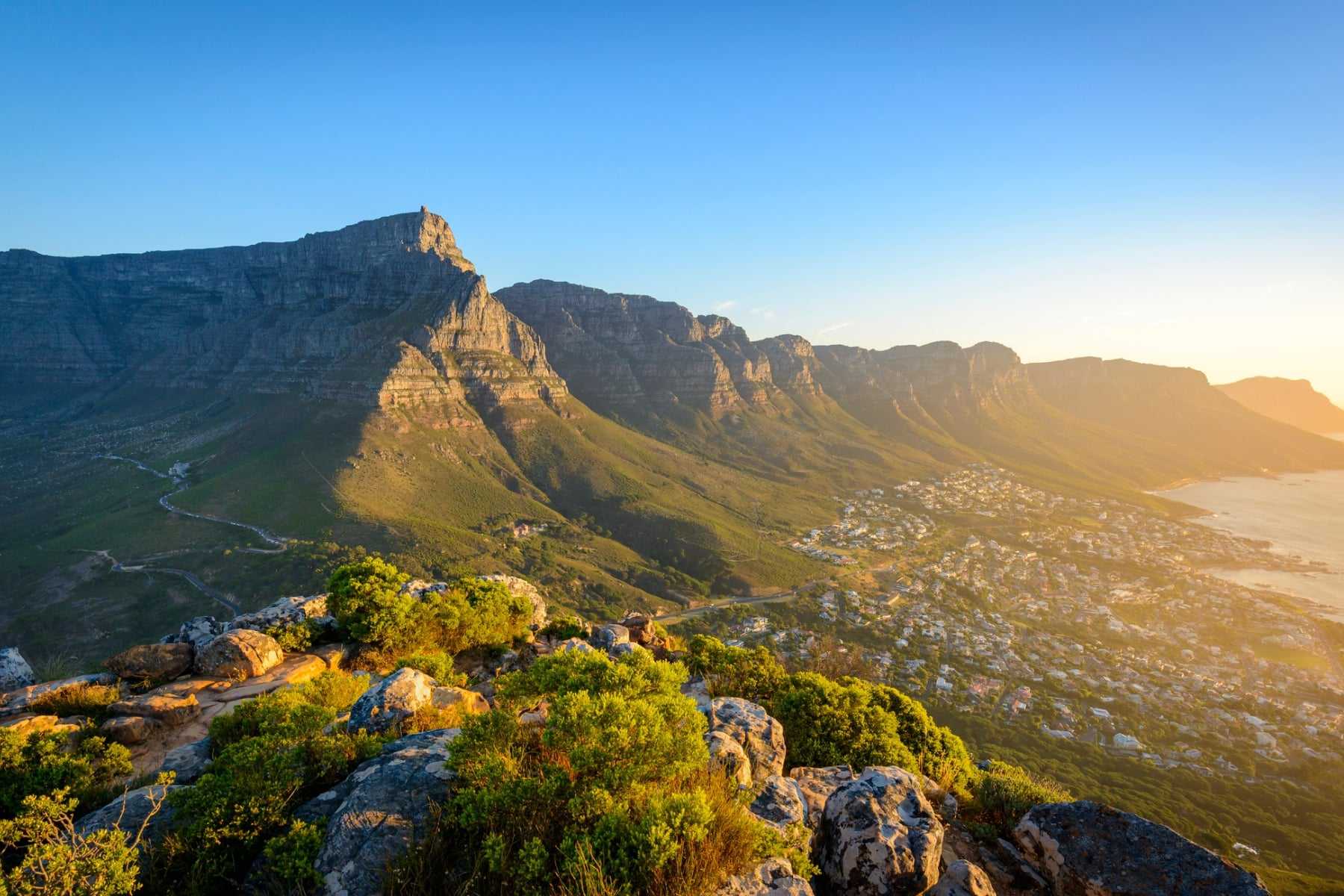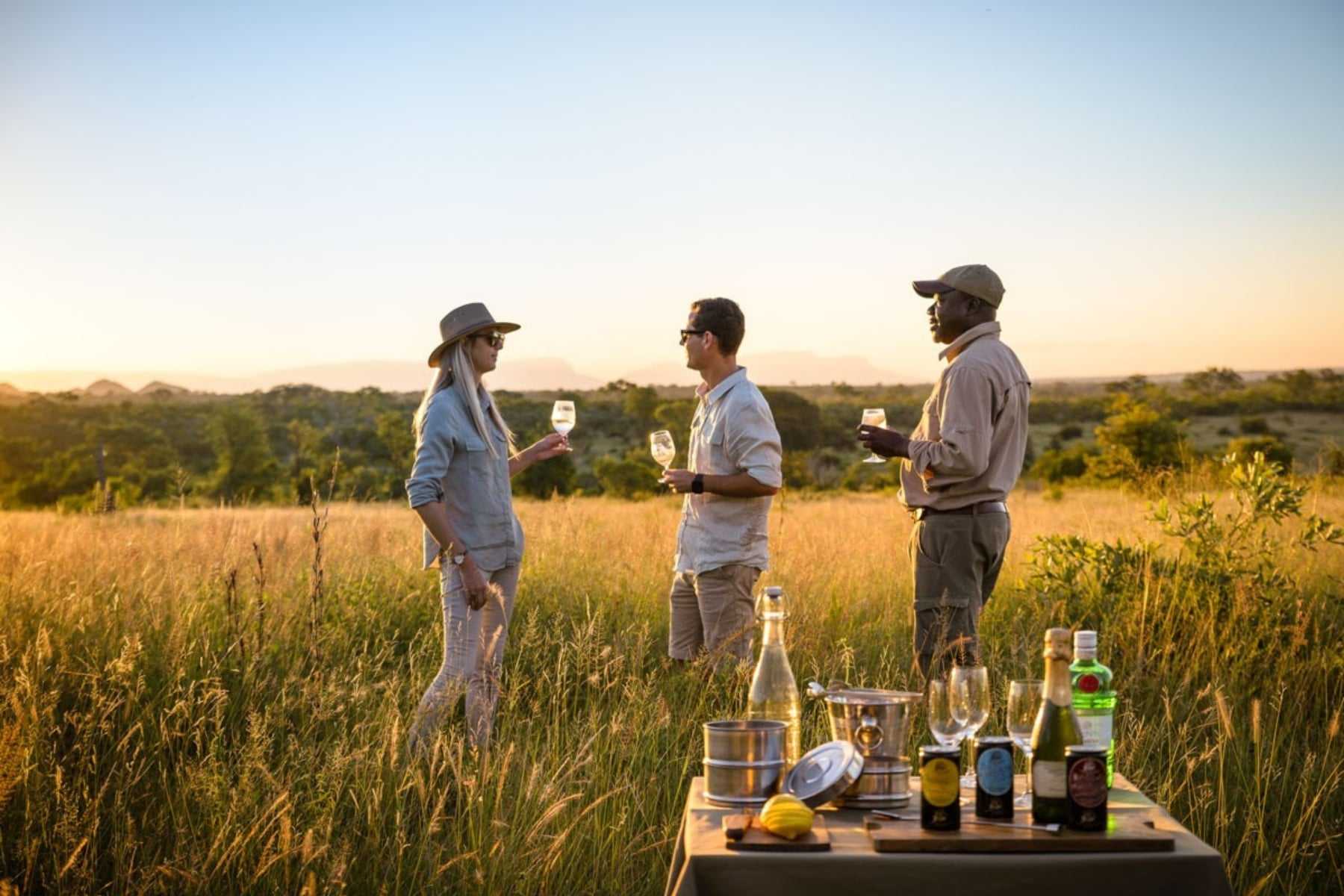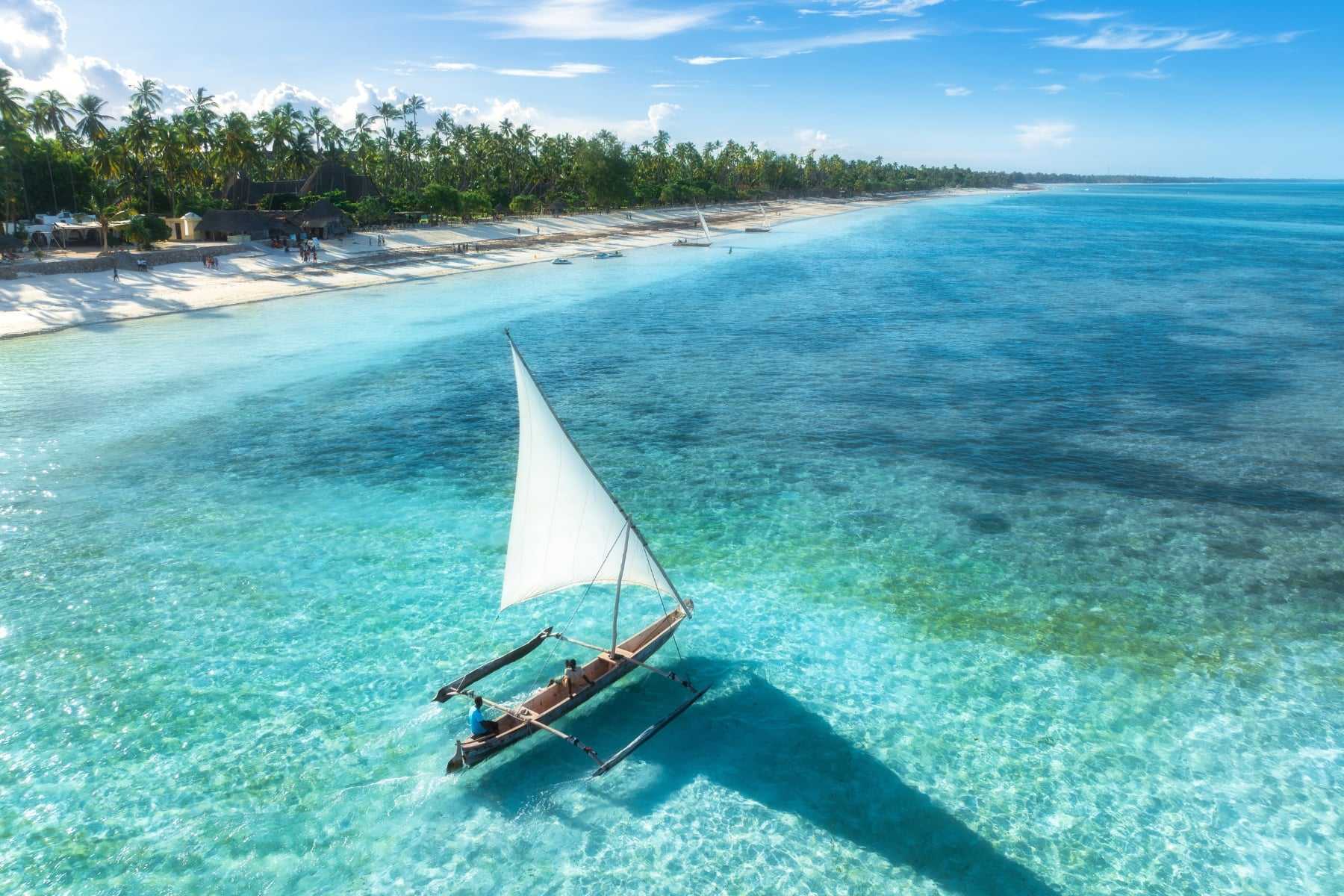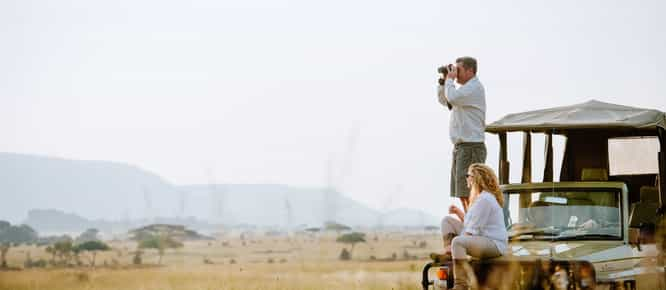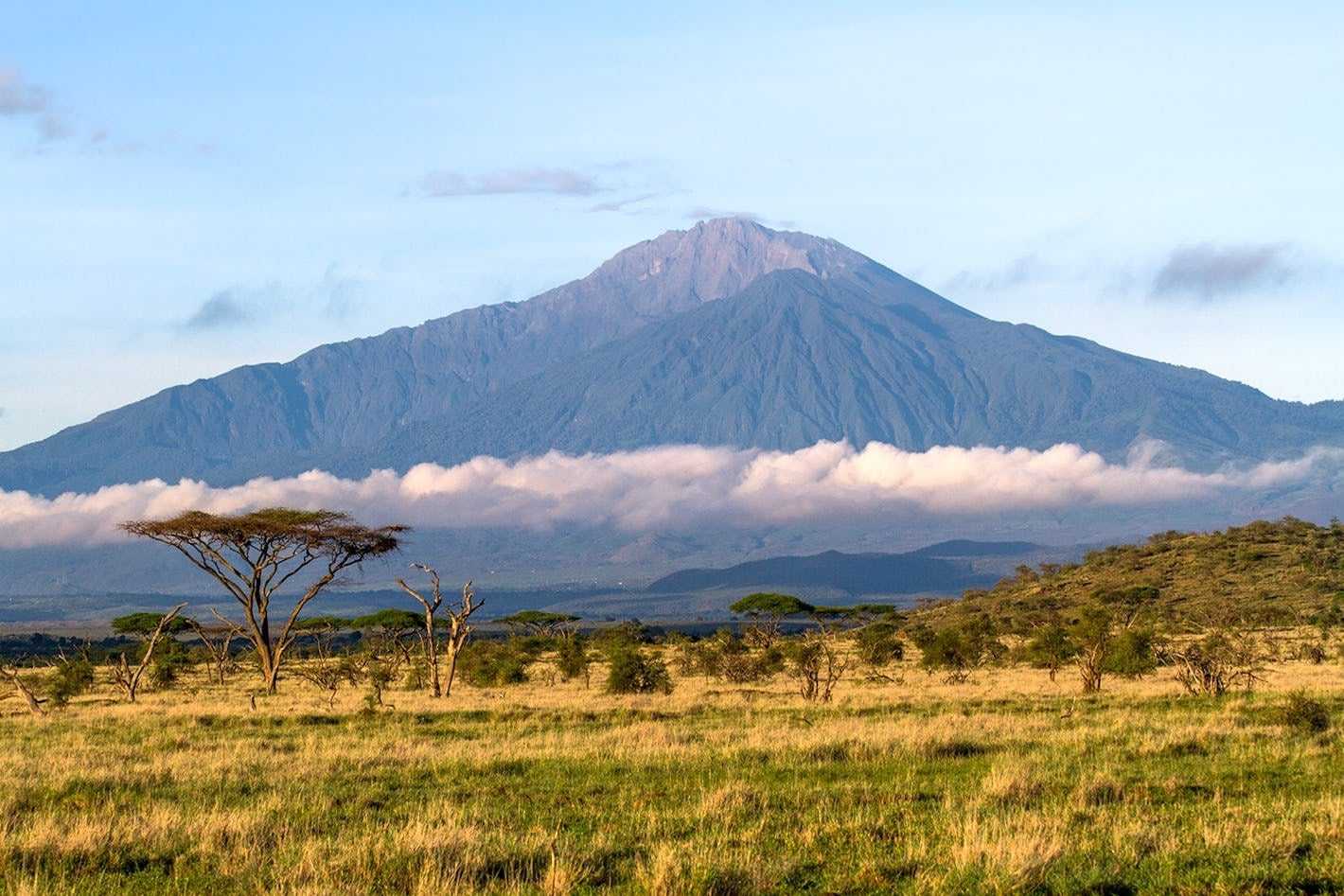
Is Tanzania Expensive? How Much Does a Trip Cost?
When contemplating your next travel destination, your budget is one of the first things you should consider. It can impact everything from the length of your trip to the places you choose to stay at. If an East African safari is next on your bucket list, then you might be wondering: is Tanzania Expensive? To answer that question, there are a number of factors to take into account, all of which we’ll walk you through in the following article.
What does Tanzania have to offer?
Tanzania is considered to be one of the most expensive destinations in East Africa. However, the price tag of a safari to Tanzania isn’t unfounded as it promises unique experiences and sights that you’ll find in few other countries. Firstly, Tanzania’s Serengeti National Park plays host to the Great Migration for the majority of the year and there is a bevy of camps that’ll have you up-close and personal with all the action.
Apart from the Serengeti, Tanzania boasts plenty of other safari hotspots where wildlife dwells in abundance (we’re talking the Big Five and beyond). If you’re an adventure junkie, then your interest will likely be piqued by talk of Mount Kilimanjaro, the tallest peak in Africa, which you can summit whilst in Tanzania. Of course, just off the coast you’ll find a collection of sublime islands where you can soak up the sun and sea for a few days.
How much does it cost to go to Tanzania?
There are a number of different factors that go into answering this question, from the basics of how long you plan to spend in the country to the activities you want to include on your Tanzania safari tour.
Time of year
One of the biggest factors in determining the cost of your Tanzania trip is the time of year you choose to visit. Most travellers prefer to avoid the long rains (April and May) and, to a lesser degree, the short rains in November, and seek out the dry season when animals gather around precious water sources and thinning foliage makes it far easier to spot the wildlife. Thus, the months of July to September remain the busiest and most expensive time of year. This period also coincides with the infamous River Crossings, which have crowds of safari vehicles flocking to the banks of the Mara River.
However, the rainy seasons also have their merits. Apart from enjoying far lower rates and fewer tourists, this is a splendid time of year for photography, birding and calendar events like rutting season. Do be aware that some lodges use this time to close for a break after the busy season. Of course, there’s also the option to strike a balance between the two during what is known as the ‘shoulder season’ (January to Feb; June) when the weather is fairer and so are the prices.
Length of trip
The length of your trip can be one of the biggest factors when it comes to the cost of a trip to Tanzania. Interestingly, spending more nights in a few destinations will often work out in your favour, as opposed to hopping around from place to place as the transport costs will rack up. This will also depend on the level of accommodation you choose as prices can vary greatly between properties. In some cases, it’s worth cutting the budget for some properties and splurging on a specific stop, perhaps in your most highly-anticipated destination or the final leg of your journey.
Accommodation
Due to the level of service and remoteness of most camps and lodges in Tanzania, accommodation will likely take up a large portion of your budget. In many cases, the cost of accommodation includes all meals, beverages and activities (more on that below). The price of staying at a lodge or camp greatly depends on its location. For instance, some high-end lodges in the Serengeti can reach over $3,000 per person per night in peak season, while in other regions, a similar property might be around $1,000.
At Timbuktu, we’re always on the lookout for good specials, which might include staying within a family of properties or spending a certain number of nights at one property. This can reduce your overall cost by a good amount, allowing you to keep in budget or slot in an additional property to your itinerary.
Game package vs full board
Apart from the lodge you choose, prices also differ according to the level you pay for, i.e. full board or all-inclusive. In this case, full board means all meals are included but certain activities are not, while all-inclusive means everything is covered. Which you choose depends on how you’re getting around. For instance, if you have a private guide, you won’t need to take advantage of the activities at your lodge. This is very different to more urban hotels when all-inclusive usually indicates all meals are included instead of activities.
Transport
You definitely need to factor in your flights to and from Tanzania, especially depending on the time of year you’re travelling and your point of departure. Once your trip is finalised, it’s best to book your flights as much in advance as possible to ensure you get the best price.
Tanzania’s Northern Circuit (Serengeti, Ngorongoro Crater, Lake Manyara and Tarangire) can be easily driven by guided vehicle, while other locations are more accessible via small plane. It’s worth keeping this in mind while planning your trip as in some cases, flights cannot be avoided due to time constraints and practicality, which does increase the price.
Park fees
Park fees are one of the main factors in increasing the overall price and are considered to be the highest among Tanzania’s surrounding countries. However, it’s important to keep in mind that they contribute towards the payment of rangers, conservation and anti-poaching efforts. In Tanzania, the price ranges between parks with the Serengeti and Ngorongoro Crater having higher per-day fees. Also, a trip to countries like Uganda and Rwanda may mean the additional cost of a gorilla trekking permit.
Solo Travel
As is the case with most destinations, travelling solo is usually more expensive than travelling in a group. This extends from the cost of your room to the cost of your transfers, especially if you’re looking to make use of a private guide. If you are travelling alone and you’d like to save a significant amount, it could be worth booking a group departure trip where you will join another travel party or group of single travellers.
Insurance
Insurance is important to factor into your budget as it needs to be comprehensive and cover the following areas: trip cancellation and curtailment, medical expenses and evacuation cover. Depending on your country of origin and what activities you will be taking part in, the cost of this will vary.
Time at the coast
After an action-packed safari, there’s nothing better than scooting off to the coast for a little R&R. Fortunately, when it comes to Tanzania, adding a few nights in Zanzibar can extend your trip without increasing your budget by too much.
Of course, this also depends on the type of property you go for but there is a selection of hotels, resorts and villas to suit all budgets. For instance, Kisiwa on the Beach is a well-priced spot with beautifully-done, private villas and a bevy of watersports to choose from, while Zuri Zanzibar is a more mid-range option with fantastic dining, gorgeous interiors and an always swimmable beach. If you feel like splurging, right at the other end of the spectrum, you’ll find a collection of private island resorts with the likes of personal butlers and luxe amenities.
There is also a wide selection of activities to choose from, some of which may be included in the price of your stay. These range from dhow cruises and island picnics to snorkelling and diving amidst the pristine reefs, as well as a whole host of watersports.
Positive Impact
Many lodges contribute to community and conservation projects, which you become directly involved in by simply staying there. For example, lodges often employ a great deal of staff from local communities and work closely with schools and other community initiatives to offer support. Should you travel to the Ngorongoro Crater, you’ll have the chance to visit a Maasai homestead, an activity that feeds straight back into the community. Tanzania also has an array of fantastic conservation projects that many lodges get involved in – if that’s of special interest to you, just let us know when you’re planning a trip. You can also get involved whilst staying at a lodge by participating in certain activities, visiting conservation projects or ‘Packing For a Purpose’.
Currency
The country’s currency is the Tanzanian Shilling (TZS), which currently favours the US Dollar and British Pound when exchanging money prior to your trip. The biggest way this will factor into your trip is through tipping, which can be made in Tanzanian Shillings, Dollars, Pounds or Euros. While tipping is by no means mandatory, it is very much appreciated.
Additional activities
If you go the all-inclusive route, activities like game drives and walking safaris won’t come at any extra cost. However, there are a number of additional activities that will add something to the price tag, but you’ll find it’s more than worth it for the experience. For instance, a hot air balloon ride over the golden grasses of the Serengeti is worth every penny. You’ll rise as the sun breaks over the horizon, remaining at canopy height (or higher) as wildebeest and other plains game munch on the grass below, predators flop down after an evening of hunting and elephant swagger across the landscape.
In most cases, a horseback safari will come at an added cost as it will be conducted by an outside outfit. Depending on your level of experience, you’ll wander sedately or canter across the plains of the Serengeti, getting closer to antelope, zebra and giraffe than you thought possible.
In Arusha, you’ll have the opportunity to go on a tour of a local coffee farm, where you’ll learn all about the process of getting the world’s favourite bean from the bush to your cup. The cost of this activity feeds straight back into the community and supports local farms and families. In Zanzibar, enjoy a tour of a different kind as you explore and taste your way through some of the island’s finest spice farms.
If you plan on trekking Mount Kilimanjaro, this requires planning ahead as your departure needs to be confirmed with the trekking company. Depending on who you make the summit with, accommodation ranges from mountain huts to plush, pop-up camps.
Dining Out
Whilst on safari, this isn’t something you’ll need to worry about, but if you’re planning to spend some time in Arusha, Dar es Salaam or Zanzibar’s Stown Town, it’s worth factoring in the price of eating out on a few occasions. Across the board, you’ll find that most restaurants are quite affordable even in Tanzania’s cities. In places like Stone Town, street food is very popular and well-priced, however there are spots like the Rock Restaurant where you might want to splurge on a fancier meal.
So, how much is a trip to Tanzania in the end? The simple answer is, it all depends on you and the choices you make when planning your trip. Right from the start, it’s important to be honest about your budget because it’s the framework our expert travel planners use to make your trip possible. From there, it’s all about where you want to put most of your money. Now that you’ve gotten the 4-1-1 on the factors that go into planning a trip to Tanzania, get inspired by our safari guide or start plotting your own safari.
